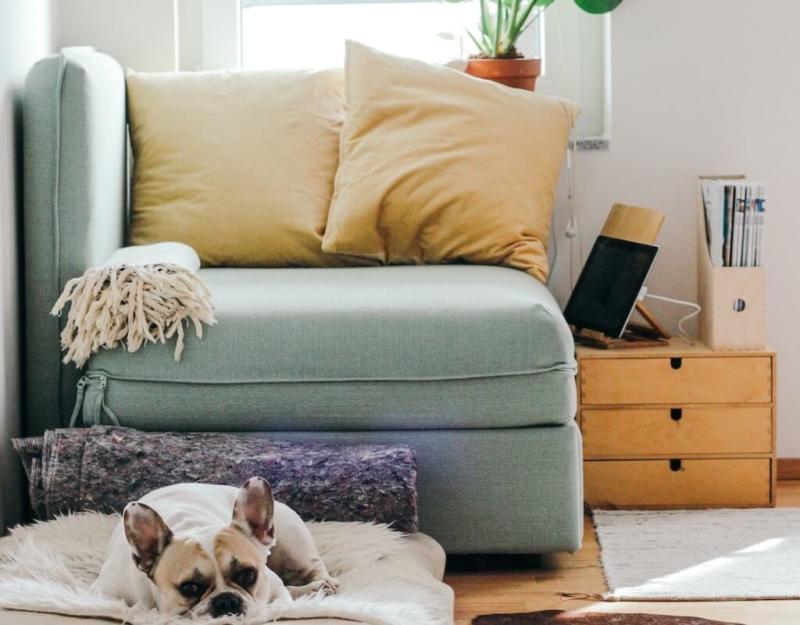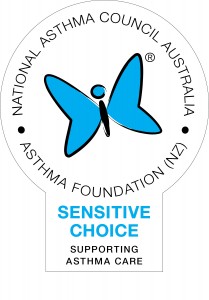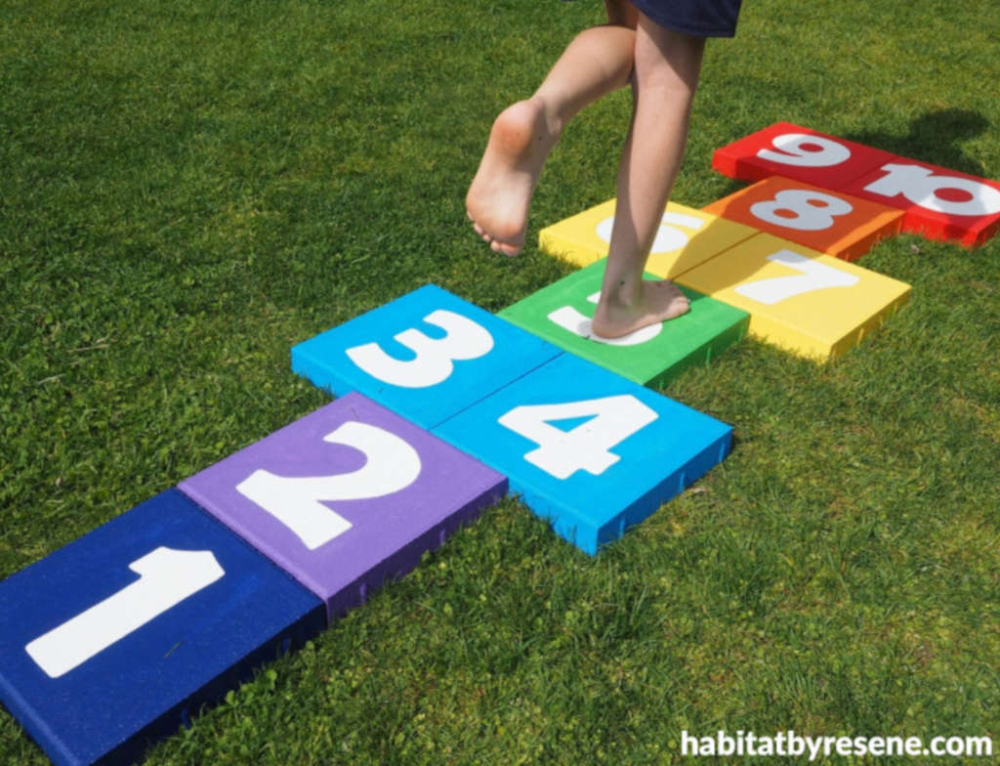Creating a home that is a friendly place for asthmatics to live in is not as easy as it should be. It’s very difficult to design a house that is completely free of the things that can cause an asthma attack, as the main asthma triggers are all around us – in our kitchens, in our bathrooms and even in our beds!
Some of the most common things that can aggravate an asthma sufferer’s airways include:
- Dust mites
- Mould
- Humidity
- Inconsistent temperatures
- Chemical fumes
- Pets
- Plants
The following guidelines will help to make your home and garden as asthma-friendly as possible. What can be eliminated, should be eliminated!
Floors and carpets
Solid floor surfaces, such as floorboards, tiles or cork are preferable to carpets. Hard surfaces are much easier to clean and to keep free of dust and mould. If carpets are unavoidable, then short pile carpets are much more better than long pile carpets.
It’s definitely worth investing in a high quality vacuum cleaner that has a good dust filtering system. Vacuuming should be done on a weekly basis and always when the asthma sufferer is away from the house. It also pays to have your carpets steam cleaned regularly. Many professional steam cleaning companies offer a rapid dry system which means that mould growth won’t be an issue. Throw rugs should be regularly taken outside, exposed to sunlight and beaten with a dust paddle, well away from any family members who have asthma.
Air quality
The air quality in your home can be greatly improved, using a number of different tips and tools. Ventilation is very important. Windows should be opened regularly to ensure that your home has good air circulation – this should be done when the pollen count outside is low! Extractor fans in bathrooms and kitchens will ensure that humidity, mould and cooking fumes are kept to a minimum.
In winter, a heating system that does not disturb dust particles is advisable, such as a radiator system of heating. Smoke emitted from open fires can trigger asthma, so fireplaces should not be used. In the summer months, air conditioning systems that use filtered air, rather than re-circulated air, will ensure that dust particles within the house do not become air-borne. Evaporative air coolers add too much moisture to the air, so these should also be avoided.
Cleaning products and other chemicals
Some cleaning products, particularly those in a can or pistol-grip spray container, contaminate the air with particles that can cause an asthma attack. Anything that creates a smell or scent in your home can also irritate an asthma sufferer. Paints, oil burners or room fresheners all fall into this category. Sometimes perfume or after-shave can also have the same effect. Low allergen cleaning products are becoming more popular and can be purchased online. It is also possible to purchase low allergy paints, flooring and personal care items.
Bedding and bedrooms
The bedroom can harbour a vast array of asthma-inducing toxins. Dust mites breed very quickly in bedding and carpet, and their air-borne droppings can be particularly troublesome. Dust mite proof mattress, doona and pillow protectors can be very useful when trying to control this common allergen. Washing all bedding in hot soapy water, above 55°C will ensure that dust mites are killed. This is recommended at least once a fortnight, if not every week. Adding eucalyptus or tea tree oil to the wash can also be helpful when trying to keep dust mites at bay. Other things that can help keep a bedroom free of dust mites include:
- Not storing anything under the bed
- Putting stuffed toys in the freezer overnight, every couple of weeks
- Not using bedding made from feathers or wool
- Regularly airing out blankets in direct sunlight for a couple of hours
Pets
Often a central part of a good Kiwi family, household pets can pose a lot of problems for asthma sufferers. It is not so much the pet’s hair that is the problem, but rather what grows and lives in their hair and skin. Exposure to pet allergens can be minimised by keeping the pet outdoors as much as possible and never allowing them into the bedrooms. Brushing and washing pets should be done outside, once a week, by a member of the family who does not suffer from asthma. After playing with pets, all members of the family should wash their hands thoroughly.
In the garden
As well as being mindful about asthma triggers inside your house, it is equally as important to be aware of potential triggers in your garden. Pollen can create a real problem for asthma sufferers, particularly from August to March, as this is when pollen counts are at their highest.
Choosing lightly scented, low allergen plants is key to a good asthma-friendly garden. Replacing lawn with pavers, where possible, will also reduce the amount of pollen released into the air when the lawn is mowed. Weeds can also harbour a lot of pollen, so keeping them under control will also be beneficial.
Wearing gloves, protective eye glasses and a face mask when doing the gardening is recommended for all asthma sufferers, and the best time to get your fingers green is on cool cloudy days rather than hot and windy ones.
Sensitive Choice
Sensitive Choice® is a community service focused programme for everyone who wants to breathe purer, cleaner, fresher air and reduce allergic reactions. The Sensitive Choice® programme is the only one of its kind in New Zealand that approves asthma and allergy-aware products or services through an independent panel of experts. You’ll find the reassuring ‘blue butterfly’ symbol on hundreds of products – from bedding to building products, from cleaning agents to carpets, from air purifiers and vacuum cleaners to the very paint you put on your walls.
You can find a full list of approved products and services on the Sensitive Choice website® – just look for the blue butterfly and make a sensitive choice.
Help yourself: Download a free leaflet with helpful advice ‘‘Living with Asthma and Allergies – a guide to non-medical products‘
Read more on Kidspot:
- How to take a temperature
- 5 ways to boost immunity
- The effects of a cold home on your family’s health
This article was written by Jo Harris and adapted for Kidspot, New Zealand’s best family health resource. Sources include the Asthma Foundation of WA and Vic Govt’s Better Health Channel.








Leave A Comment
You must be logged in to post a comment.